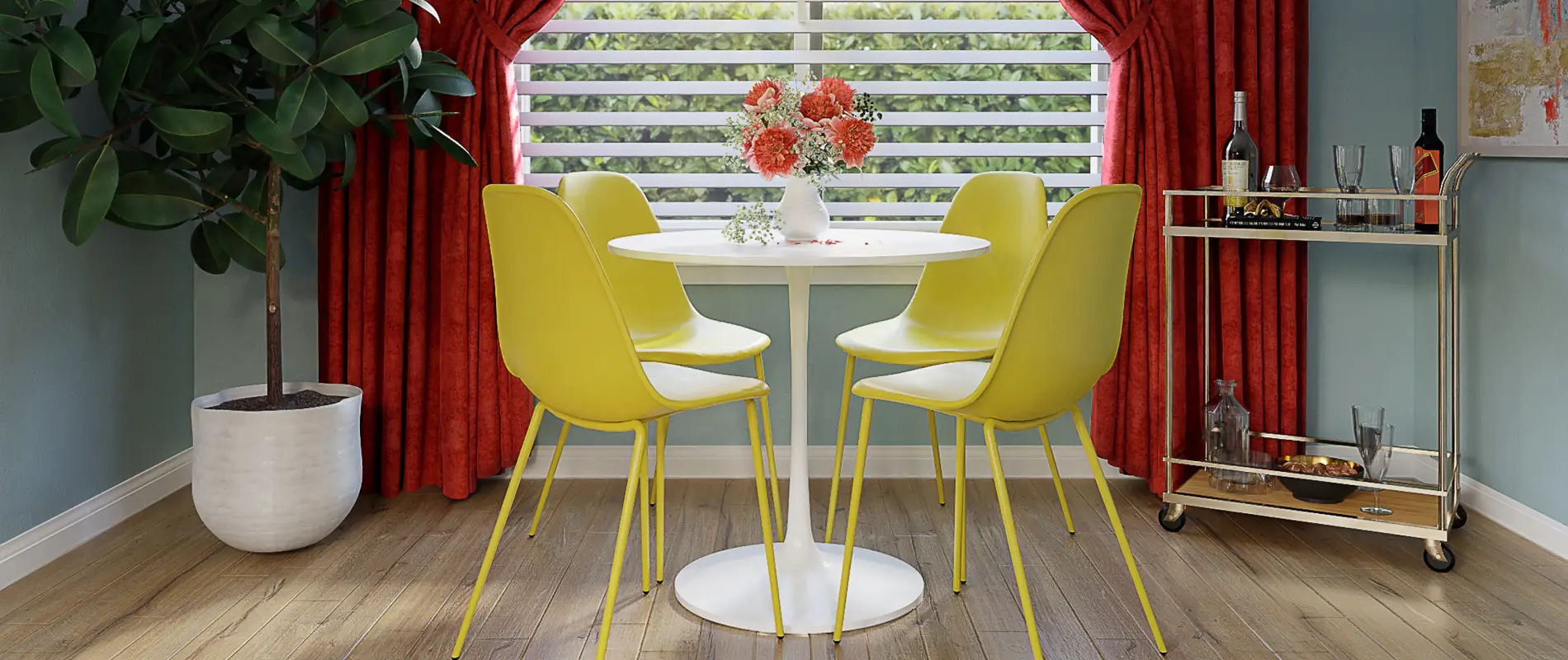

WordPress themes: Navigation Menu Light NML-PRO-04
Try MaxiBlocks for free with 500+ library assets including basic templates. No account required. Free page builder, theme and updates included. Start now

Discover the perfect WordPress navigation menu design
Are you looking to enhance your WordPress website‘s user experience? Check out this sleek and modern navigation menu design that will elevate your website’s navigation while maintaining a clean aesthetic.
Original design overview
The original design showcases a minimalist navigation menu laid out in a single horizontal row. Anchored by a recognizable logo on the left, the menu provides an intuitive arrangement of five sequential navigation links: “Home,” “Features,” “Pages,” “Portfolio,” “Blog,” and “Contact.” This symmetrical setup not only looks polished but also promotes ease of navigation for your visitors.
Detailed analysis
Layout analysis
- Overall structure: A beautifully simplistic horizontal row that streamlines user interaction.
- Arrangement: Elements are neatly aligned in a straight line, ensuring a straightforward browsing experience.
- Count of elements: Features five distinct links, giving visitors easy access to major site sections.
- Layout choices: Symmetrical design with even spacing contributes to both visual appeal and usability.
Element and feature description
- Visible elements:
- Logo: Positioned prominently on the left for instant brand recognition, displayed with a sleek icon-style illustration.
- Navigation links: Direct and easy-to-understand labels help users navigate smoothly.
- Interactive elements: Each link acts as a clickable button, while accompanying circular WordPress icons invite further engagement.
- Typography: Modern sans-serif font used for clarity and uniformity across the items ensures a refined look.
- Image features: The logo boasts a flat design without borders, emphasizing simplicity.
Unique design aspects
- Standout choices: The contemporary addition of social media icons transforms a traditional menu into a connection hub, boosting interactivity.
- Hover effects: Imagine the potential for dynamic hover effects that enhance user engagement.
- Responsive design: Visualise this menu adapting seamlessly to mobile devices, making it functional on any screen size.
- Accessibility considerations: Clearly labelled navigation items ensure the menu is user-friendly for everyone.
Overall design style
- Design style: This menu embodies a minimalist approach focused on clarity and ease of use.
- Visual hierarchy: The logo captures attention first, leading to a sequential flow of navigation links.
- Use of white space: Carefully placed gaps enhance readability and direct users’ focus towards their navigation choices.
Use cases for WordPress navigation menus
Business websites
For businesses, a well-structured WordPress menu helps convey professionalism and ease of access to essential information like services, contact, and about sections. A clear menu structure ensures potential clients find what they need without hassle.
E-commerce sites
An e-commerce website benefits from a menu that includes categories, product pages, and a cart link. Easy navigation can improve user experience and drive sales by reducing the time consumers spend searching for products.
Blogs and news sites
Navigation menus for blogs or news sites should highlight sections like latest posts, categories, and archives. This helps readers dive into specific topics quickly, enhancing engagement and content discoverability.
Portfolio websites
For creatives showcasing their work, a portfolio website needs a menu that emphasises galleries or collections. Straightforward navigation helps visitors appreciate the showcased artistry without distraction.
Personal websites
Personal sites often feature a blog, a resume, and contact information. A concise menu can emphasise these key areas, providing viewers with an effortless browsing experience to understand more about an individual.
Landing pages
A landing page may use a simplified navigation menu or no menu at all, focusing on conversion elements like filling a form or purchasing a product. Streamlined navigation supports the page’s specific call to action.
Non-profit websites
Advocacy sites often include a donation link, volunteer information, and event details within their navigation menu. Ensuring easy access to these areas supports the organisation’s goals of community outreach and support.
Educational institutions
For schools or universities, a menu typically features sections like admissions, academics, and campus life. An accessible menu structure helps students, parents, and faculty find crucial information quickly.
Community or forum pages
Community-driven sites benefit from menus that highlight forum categories, member directories, and profile settings. Optimal navigation supports participant interaction and content sharing.
Single-page websites
As with landing pages, single-page sites can use a staggered menu that anchors users to various sections. This navigation style guides visitors through a linear journey without leaving the page.
Types of WordPress navigation menus
Horizontal menus
Horizontal menus are popular for their aesthetic simplicity and space-saving layout. By spanning across the top of the page, they offer a straightforward path for users to follow and easily find what they’re looking for.
Vertical menus
Vertical menus, often found on the left or right side of the page, allow for extensive category listings without clutter. Ideal for content-heavy sites, they offer a clear view of all available navigation options.
Dropdown menus
Dropdown menus keep individual sections manageable, particularly on sites with numerous categories or pages. Clicking on a main menu item reveals best practices for using dropdown menus to efficiently guide users deeper into the site.
Mega menus
Mega menus offer extensive lists of options in a large dropdown, suitable for e-commerce and larger sites. They provide a bird’s eye view of a site’s content, helping users locate areas of interest swiftly.
Hamburger menus
Popular on mobile sites, hamburger menus condense navigation into a small icon that expands when clicked. This keeps visuals tidy while still offering full nav options depending on the best responsive WordPress design.
Sticky menus
Sticky menus remain visible even when users scroll down the page. This ensures navigation is always at the user’s fingertips, thus improving browsing convenience.
Footer menus
Footer menus provide additional navigation without overwhelming main menu real estate. Ideal for including legal disclaimers, contact info, or secondary site elements.
Sidebar menus
Sidebar menus offer a vertical list that can integrate well with site aesthetics. Suitable for blog layouts, they remain static while visitors scroll through content.
Mobile menus
Crafted specifically for a mobile audience, these menus focus on touch-friendliness and readability. They adjust layouts and styles to suit smaller screens, ensuring functionality across devices.
Collapsible menus
Collapsible or accordion-style menus allow users to expand or condense navigation items. This design choice keeps the interface clean, providing users with the flexibility to show or hide details as needed.
FAQs: WordPress navigation menus
How to get navigation menu in WordPress? Navigate to Dashboard > Appearance > Menus. Create a new menu and select your desired options.
How do I add a navigation menu item in WordPress? Go to the menu settings, and from the left, select pages, categories, or custom links to add them to your menu.
How do I create a custom navigation menu in WordPress? Use the menu editor under Appearance. Add, arrange, and create dropdowns for a custom navigation experience.
How do I style a navigation menu in WordPress? Use the theme customiser, or edit theme CSS to personalise fonts, colours, and hover effects.
How do I edit the navigation menu in WordPress? Access your menus via Dashboard > Appearance > Menus. Edit order, add, or remove items as needed.
How do you add a style to the navigation pane? Use custom CSS or plugins to apply styles such as colours and fonts to the navigation pane area.
How do I change navigation style? Adapt styles using the WordPress theme customiser or specific CSS rules for varied appearance.
How do I change the navigation pane view? Modify menu positions using the customiser or WordPress menu settings to improve layout.
What options are available in the navigation pane? Depending on the theme, options might include dropdowns, mega menus, and sidebar or footer positioning for versatile navigation solutions.
Conclusion
This navigation menu design is not just about looks; it’s a user-friendly tool that combines clean design with practical functionality. With its emphasis on accessibility, responsiveness, and modern elements, your visitors will enjoy an effortless browsing experience. Elevate your WordPress website design with this efficient and stylish navigation menu-your users will thank you!


